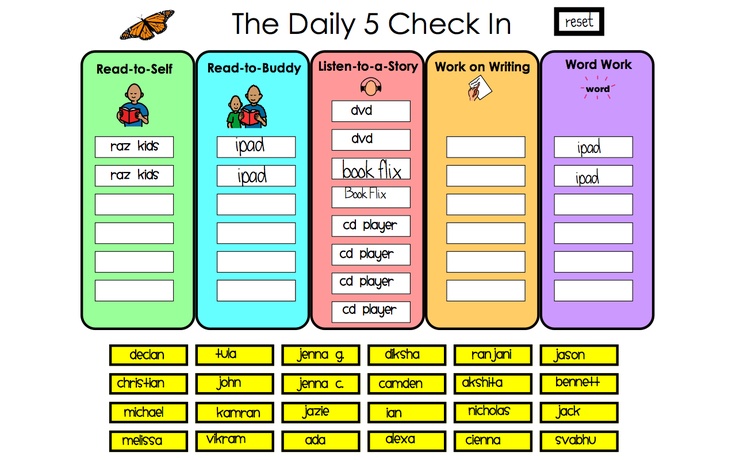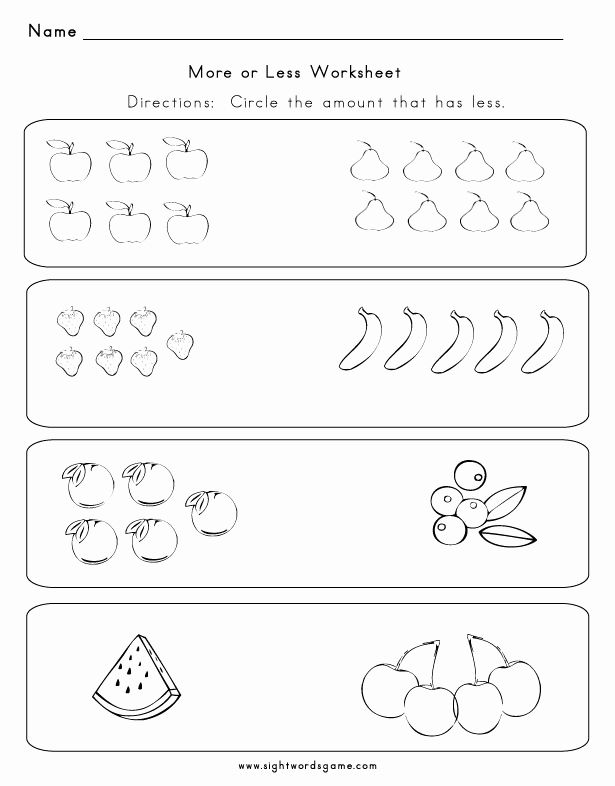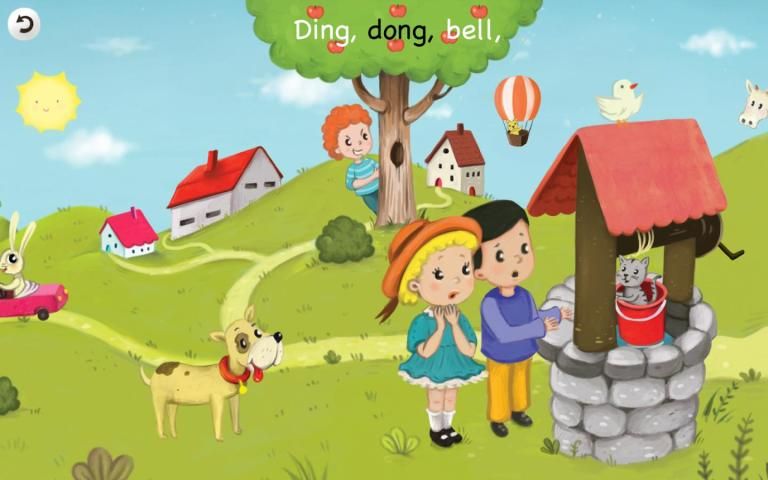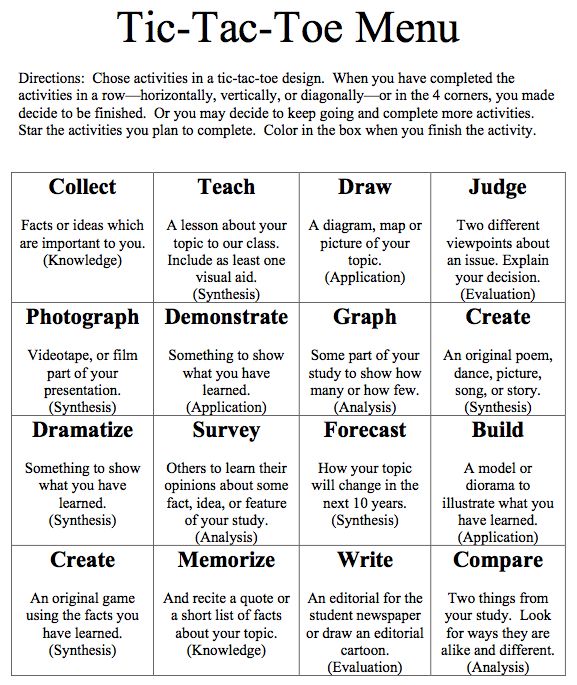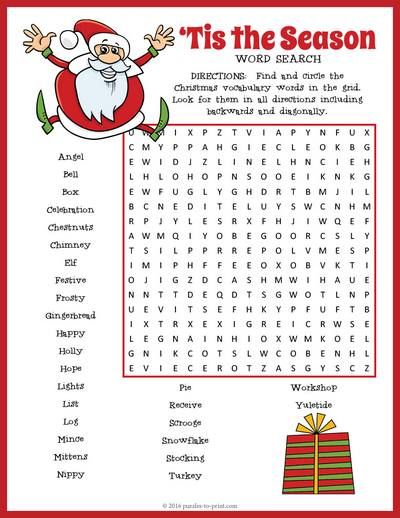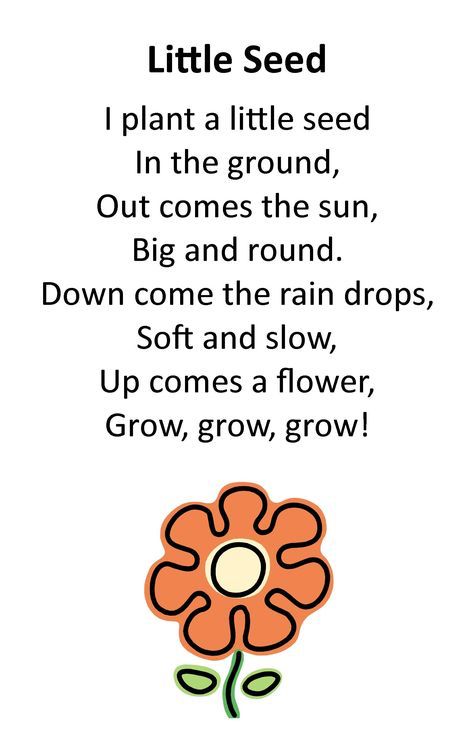What is the guided reading level
How To Determine Your Child’s Reading Level And Choose The Best Books
When you sit down to read a book, you want to enjoy the story in front of you. The same is true for your child. That’s why uncovering your child’s reading level is an important step in fostering their love of words from a young age!
Consider the different factors that allow kids to enjoy the books they read. For example, does it tie into their interests, and is it slated as an appropriate option for their level? By answering these questions, you can make sure they’re reading books that are just right for them!
If your child is in school, you’re probably no stranger to jargon like “reading level.” But what exactly does Lexile Framework, Guided Reading Levels (GRL), or Developmental Reading Assessment (DRA) actually mean?
Additionally, if your child is just starting to read on their own (or already reading independently) and is learning from home, how can you figure out what reading level is right for them? If any of these thoughts have crossed your mind, you’ve come to the right place.
We’re here to answer your questions so you and your child can sit down and enjoy a good book together!
What Is A Reading Level?
A reading level is simply a measure of your child’s ability to read text. It reflects how well your little one can read independently. Importantly, reading levels help you choose books that are a good match for your child while still presenting a challenge.
Keep in mind these levels are meant to be helpful, not stressful. They don’t limit your child, but, rather, help them blossom into a fluent, excited reader.
When your child reads books that are appropriate for their current reading level, it boosts their confidence so they can truly enjoy reading! Also, knowing what level your child is at allows you to work with them to improve their skills.
That being said, it’s important to remember that children are unique and develop differently. Comparing your child to their peers isn’t necessarily the best approach when trying to assess their reading ability.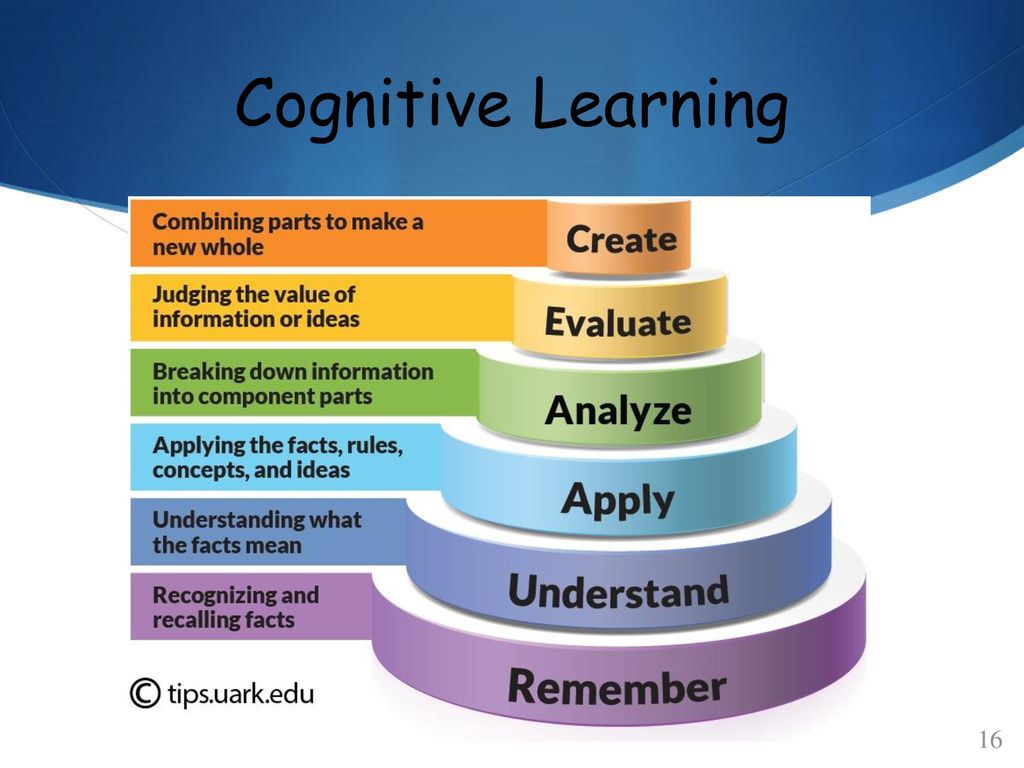
Why Is Determining Reading Level Important?
It’s helpful to determine your child’s reading level so you can find books that are appropriate for them to read on their own: not too difficult but challenging enough to encourage growth.
Reading level classification is a convenient tool you can use when searching online or at the library. And when you provide books that are on your child’s level, you create excitement and build their confidence, which can lead to a lifetime love of learning and reading!
If you’re looking for ways to help your little one read at the best level for them, Our new app HOMER Learn & Grow has a Stories section that gives age-appropriate story recommendations!
This is a great resource that takes your child’s specific interests and recommends stories just for them. What’s more, your child can choose to read along or read on their own.
How Is Your Child’s Reading Level Measured?
Your child’s reading level is usually measured at their school in first or second grade, and we’ll show you how that’s done.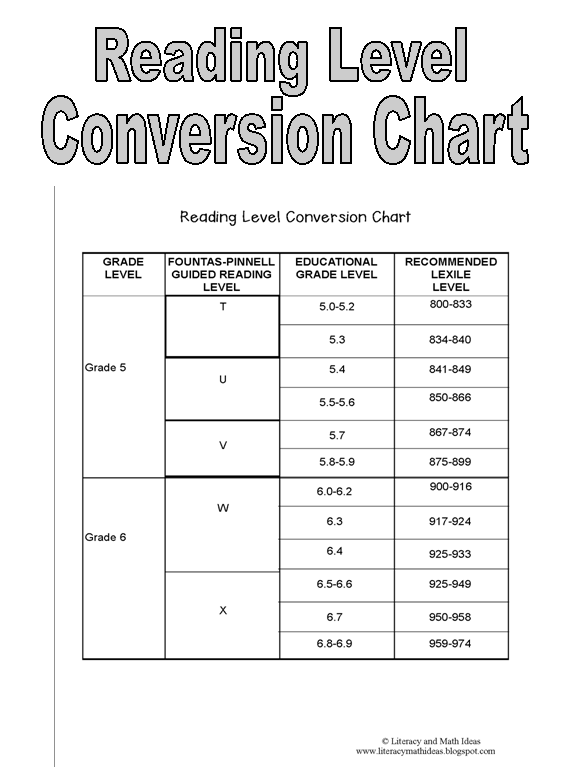 Here’s a tip: since your child’s teacher knows their reading level, consider asking the teacher (or the school librarian) for books your child can read at home.
Here’s a tip: since your child’s teacher knows their reading level, consider asking the teacher (or the school librarian) for books your child can read at home.
Don’t worry if your child isn’t in school yet or if they’re homeschooled. We’ll show you how you can measure their reading level at home, too!
Before we dive in, it’s important to note that we think of books for kids at three levels: independent reading, instructional reading, and frustrating to read.
As the names indicate, independent reading books are ones a child can read with ease and without support from an adult.
Instructional ones are the books just above independent that teachers might use to stretch a child’s reading as they offer support while the child makes that next step. Finally, frustrating books are too hard for a child to read even with adult guidance.
Now that you have an idea of how to think of the different books your child might encounter, let’s talk about the tools used for determining or describing reading levels.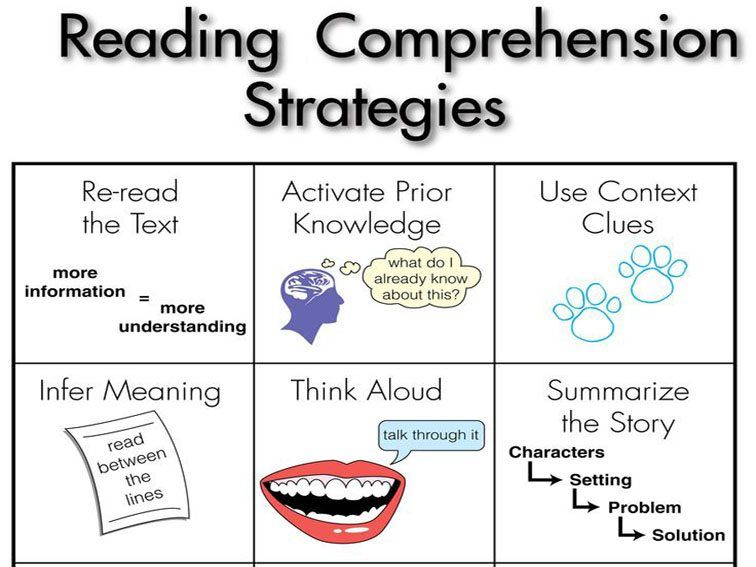
Lexile Framework For Reading
Lexile Framework For Reading is an educational tool that ranks books by order of their difficulty using a scale called a Lexile. Usually, your child’s teacher will determine their Lexile reading level and then choose books that have a matching score.
The Lexile score, or measure, describes your child’s reading ability and matches them with books and other reading materials. This measure ranges anywhere from 0L to 2000L.
Kids are encouraged to read within their Lexile “range” — 50L above to 100L below their actual level. For instance, if your little one is reading with a Lexile measure of 500L, they would read books ranging anywhere from 400L to 550L.
Using standardized assessments, schools will often measure a child’s reading level several times a year to help them select books that are appropriate for independent reading.
Guided Reading Levels (GRL)
GRL is a guided reading system used in some schools.
To determine reading levels using GRL, children sit one-on-one with their teacher and read from a book that’s considered standard for their grade level — a “benchmark” book.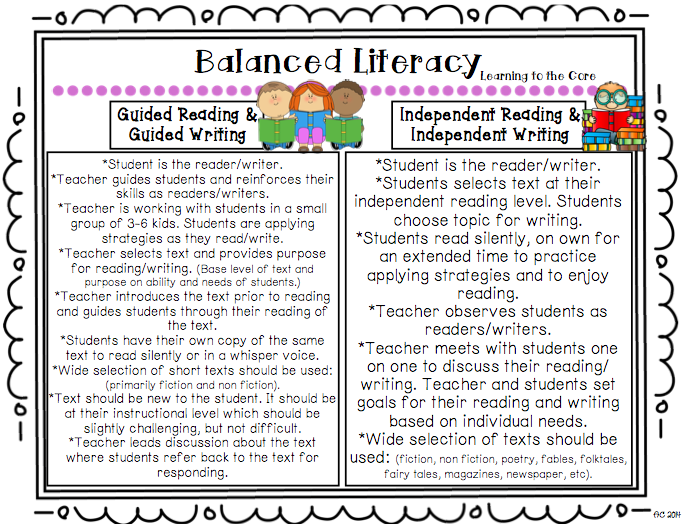 GRL books range from A to Z with A being the easiest.
GRL books range from A to Z with A being the easiest.
While reading these books, the teacher will take notes on any missed words and ask comprehension questions, such as, “When did the story take place?” or, “What was the problem in the story?”.
Through guided instruction, the teacher will gradually move children into more difficult books.
Developmental Reading Assessment (DRA)
DRA is a standardized reading test given by teachers or reading specialists. As with GRL, children sit individually with the test administrator and read a book.
Several factors are taken into consideration to determine reading level, including:
- Reading comprehension
- Phonemic awareness
- Fluency
DRA books are labeled with an A for the easiest books and then move into a numerical grading system. The levels range from 1 to 80 with 1-3 representing a kindergarten reading level and 80 representing an eighth-grade reading level.
Once a child has a DRA or a GRL level, a teacher or parent can search for the reading level of any particular book and can usually discover either the Lexile, DRA, or GRL of that particular text.![]() Here’s a chart for your reference.
Here’s a chart for your reference.
At-Home Reading Levels
If you’re looking for a way to find out your child’s reading level without using any of the methods listed above, you might try the five-finger rule.
For the five-finger rule, choose a book and flip to any page. If your child seems to have trouble reading more than five words on the page, it’s a good indicator that the book is too advanced for them.
To be sure, though, you can have your child try another page, especially if they seem eager to read a particular book.
This can be a helpful strategy, but it’s OK to let your child try a book and see how the reading goes. If a book is too hard, most kids will figure that out — and there is nothing wrong with reading books that are too easy!
Sometimes a child may be interested in a book that’s a little too hard for them. If this happens, we encourage you to read aloud to your child. You can also read together by alternating pages, paragraphs, or sentences.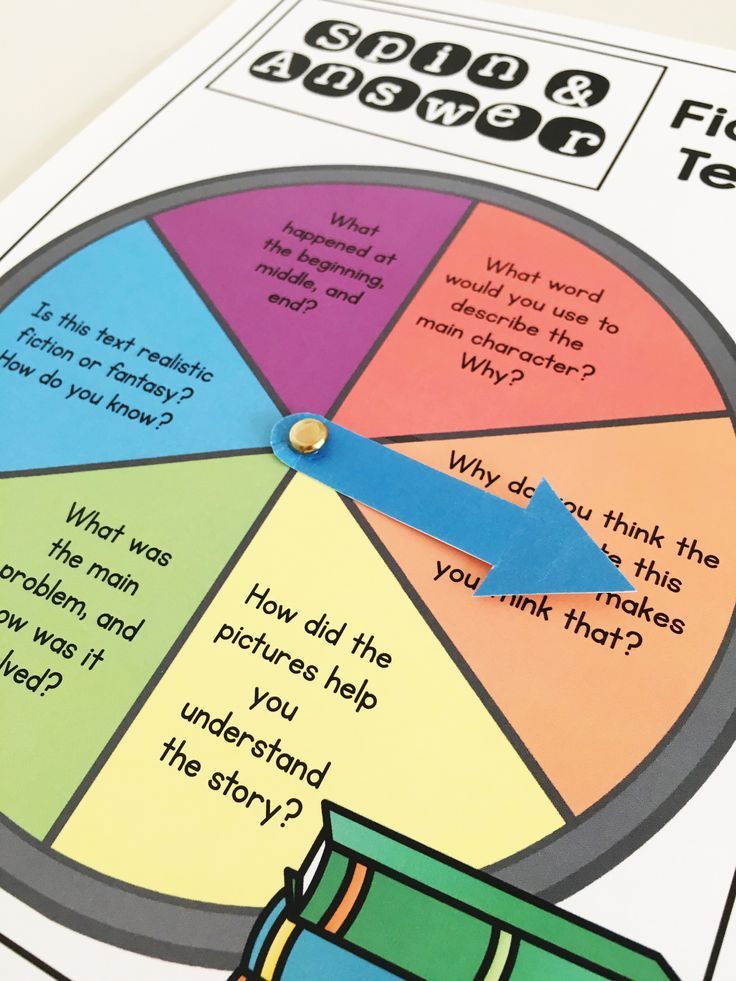
It’s important not to completely avoid books that may be a little above your child’s reading level.
Even if your child struggles a bit to read them without assistance, these books can still be beneficial in helping build their vocabulary, improve comprehension, and increase general knowledge — not to mention, encourage their love of reading!
When your emerging reader seems overwhelmed by one book, you can always give the five-finger rule a try with other books until you find the right match. And if your child is particularly interested in a topic, you can always read the book to them and stop on words you know they can read.
Also remember that when a child is really enjoying a book and highly motivated to read it, they will read at a higher level than if the material is not as interesting to them.
Tip: Most libraries and bookstores have books arranged by reading level so you can easily choose the best one for your emerging reader!
Feel free to ask librarians and knowledgeable staff at bookstores to offer suggestions. You could even say something like, “My child happily read a Clifford book; can you suggest others at the same level?”
You could even say something like, “My child happily read a Clifford book; can you suggest others at the same level?”
How To Help Your Child Become A Stronger Reader
As we mentioned earlier, you can easily determine your child’s reading level at home so that you can help them choose books that are just right! We suggest incorporating some of the tips below to help your child become a stronger reader.
Start With Clues
- Is your child using “sounding out” techniques to figure out unknown words?
- When your child reads, are they getting tripped up by sight words — common words that are hard to sound out?
- Is your child using pictures to help them understand what is written on the page?
- Is your child using context clues to figure out what word makes sense to come next as they read sentences?
Check Vocabulary
- Play games with your child to see what words they know. For example, say a sentence and point out one word in the sentence.
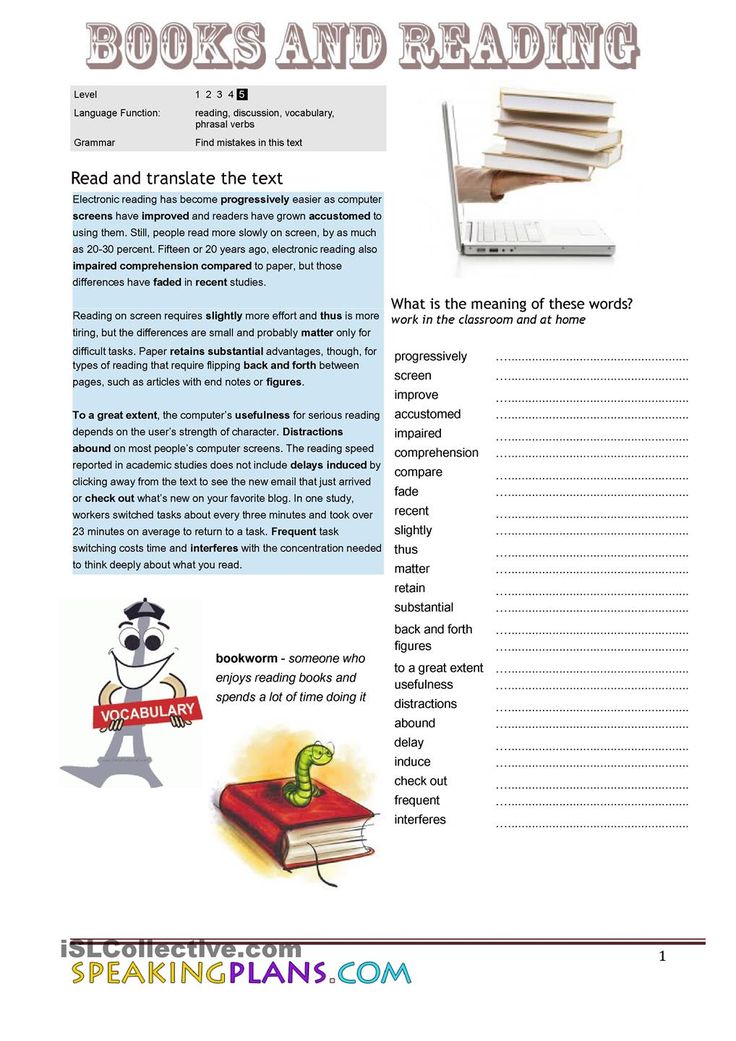 Then ask them if they can come up with a different word (synonym).
Then ask them if they can come up with a different word (synonym). - Play synonym games to see what words your child knows. For example, challenge yourselves to think of 10 or more ways to describe speaking (shout, whisper, mumble).
While you’re talking with your child, describe something specific from your day. Make sure to use interesting adjectives, and don’t hold back from using sophisticated vocabulary when talking with your child.
You can help your child’s vocabulary grow through day-to-day conversations and activities!
Ask Comprehension Questions
Understanding what they read is an important part of your child’s reading journey.
- To check for reading comprehension, we suggest pausing every other page to talk about what you’ve just read. Make this a natural reaction to the story, like you’re thinking aloud about the story or characters, so that it doesn’t feel like a test.
- Consider encouraging your child to act out and retell the story (for younger children).

- Try discussing themes/lessons with your child (for older children). Remember: this isn’t a test, but a conversation between book lovers!
Talk To Your Child
When most people implement strategies to help their children improve their reading skills, they often forget about the importance of verbal communication. It’s essential to talk to your child frequently in short and simple sentences.
This includes singing songs, telling them wonderful stories, reciting fun nursery rhymes, and describing the world around them. All of this exposes children to lots of different words. It also helps them learn that language is a powerful tool for communication.
Discover Your Child’s Favorite Books
- Children often choose books that are a little below their actual reading level. At home, this is a good thing. It keeps reading fun and exciting!
- We recommend choosing books that interest your child — with a certain character or activity they like — so they’re curious and excited about reading.
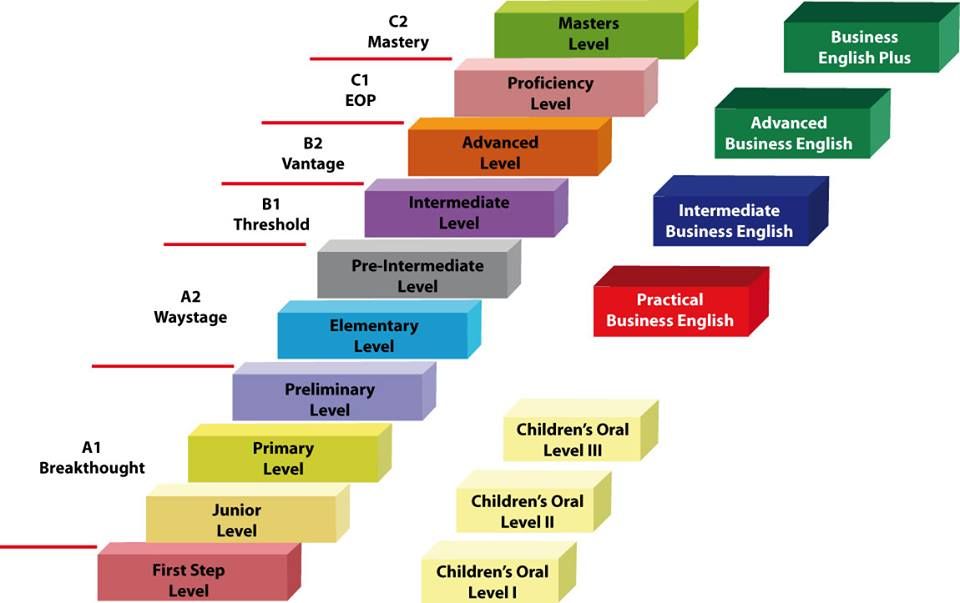
Reading books your child enjoys together can encourage their love of reading. And letting them read those same books to you can boost their confidence over time.
Together, these two activities increase your child’s fluency and reading enjoyment!
Create A Reading Corner
Establishing a reading corner in your house can benefit your child. The setup doesn’t need to be elaborate. This can be a simple, quiet, private area where your child can confidently read independently or with you.
It’s also great for the spot to be well-lit and filled with lots of books your child enjoys reading.
Is Reading The Same Book Over And Over OK?
Just like you might pick up an old favorite book to read, your child may do the same, and that’s OK! At least you know they’re enjoying a good book and the process of reading!
Rereading books can have many benefits for a child, including:
It allows children to get more from the text. Have you ever developed a deeper understanding of a story after rereading it? That’s because the more you engage with a story, the more you can take away from it.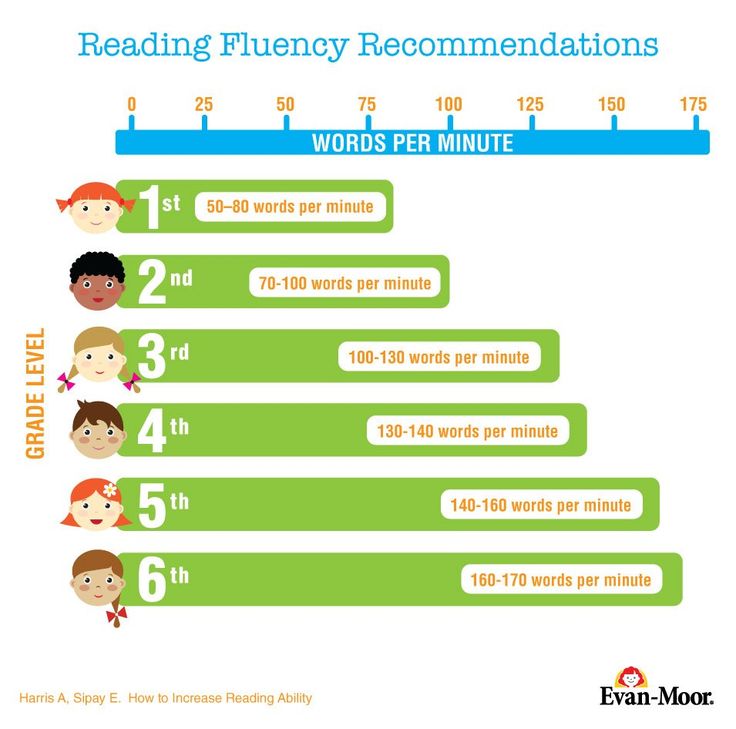
You can pick up on new information, establish connections between yourself and some of the characters, and even improve your understanding of the overall story.
Similarly, allowing your child to read their favorite books for the second, third, fourth (or more) time will enable them to get more from the story.
It also allows for bonding. Did you know that rereading books can help bring your family closer together?
Many of us remember a couple of books that our family read together regularly. This can be a holiday book or a favorite story. Rereading is a great way to get the whole family involved, as everyone can take turns reading and connecting on the same story.
What’s more, reading familiar books can actually help develop a young reader’s fluency. It allows them to learn the words and helps them become familiar with narrative structure or storylines (i.e. beginning, middle, and end), which builds reading comprehension later on.
So feel free to let your child choose the same book over and over!
FAQs About Reading Levels
What Reading Level Should My Child Be In Each Grade?
It’s challenging to answer this question because each child is different and will naturally develop at their own pace.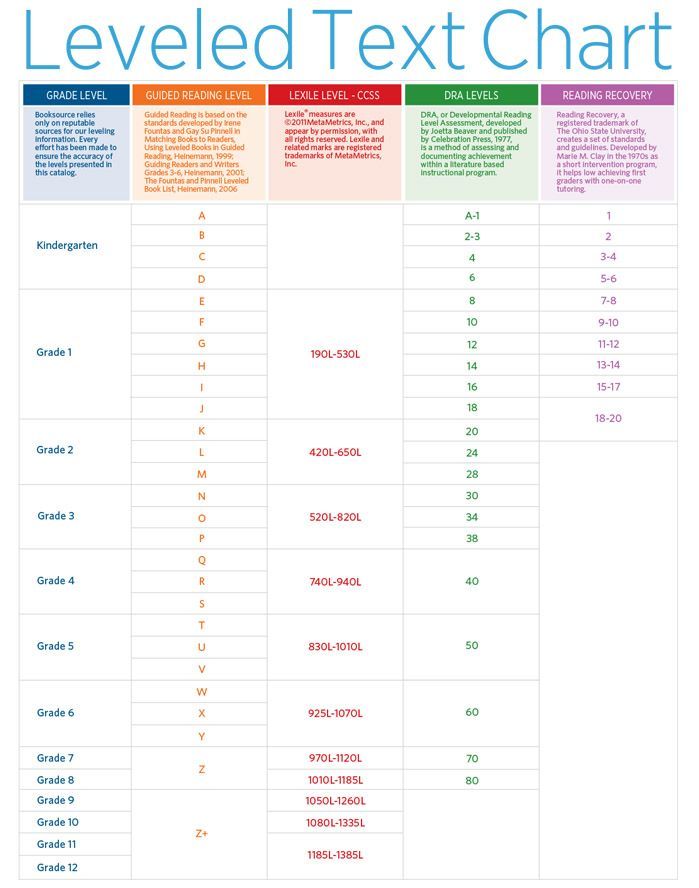 For example, just because your child’s friend has started reading fluently doesn’t mean your child will be able to do that yet.
For example, just because your child’s friend has started reading fluently doesn’t mean your child will be able to do that yet.
While no parent wants their own child to be a little behind compared to their peers, putting too much pressure on them to “catch up” might actually have an adverse effect. In fact, they might feel overwhelmed by the pressure and develop a negative attitude toward reading.
It’s also important to note that there’s no direct link between a certain Lexile measure and a specific grade level. When using any of the reading level measures we mentioned, remember that they are an estimate of a child’s performance and shouldn’t be interpreted literally.
Also, if you’re really concerned about your young learner’s development, you can always address those concerns with their teacher or another professional. They can offer tips and advice on how to best work with your child.
Finally, remember to be patient and positive no matter what. With lots of time and effort, your child will develop a lifetime love of reading!
Who Can Help Me Choose Books That Match My Child’s Reading Level?
The best place to start is to consult your child’s teacher.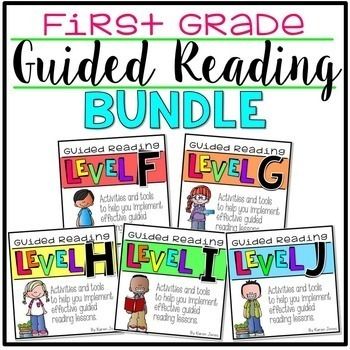 They will have the expertise to guide you in buying the right books for your child.
They will have the expertise to guide you in buying the right books for your child.
It’s also possible for you to look up most books online and find their reading levels. Furthermore, for beginner readers, there are publishers who label books in stages with age and/or grade suggestions attached.
If you’re homeschooling, you can also reach out to your local librarian or bookstores. As people who spend each day surrounded by books, they often have knowledge on this topic and may be able to recommend a few relevant books in your child’s reading level.
What If My Child Is Reading At A Lower Level?
The last thing a parent wants to hear is that their child’s reading level isn’t on par with their peers. But what can you do if, from the assessment used at your child’s school, you find out that your young learner is reading below the average grade level?
Firstly, it’s important not to panic. As mentioned earlier, kids develop reading skills at different stages of their development. Some children might be early readers, while others may take time to get there.
Some children might be early readers, while others may take time to get there.
The most effective way to help your child improve their reading level is by continuing to encourage reading at home. While reading, remember to discuss the content to ensure comprehension.
Reading For Fun
From assessments to the five-finger rule, determining reading levels varies across the board. No matter which method you choose, remember these measurements are meant to be helpful and encouraging, not stressful and limiting.
Keep this in mind when assessing your young learner. You don’t want your child to sense any stress about their abilities, as this might overwhelm them and have an adverse effect on how they view reading.
While reading is an essential early learning (and lifelong) skill, you want your child to LOVE reading and not only view it as a test of their intelligence.
At the end of the day, the way reading makes your child feel is more important than their reading level.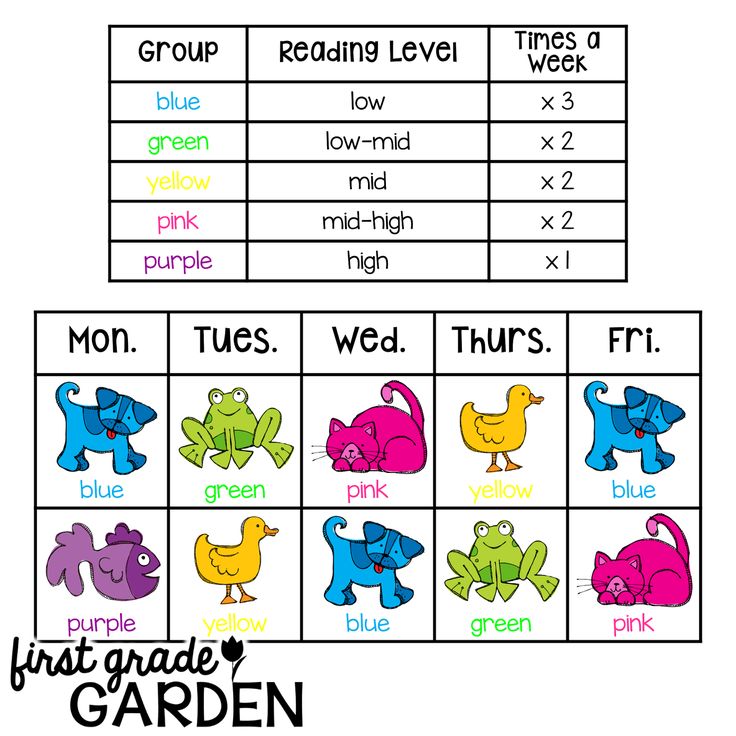 Each child learns in a way that’s special and unique to them.
Each child learns in a way that’s special and unique to them.
The HOMER Road To Reading
The road to discovering how to read can be a fun ride, but sometimes it’s bumpy. This is why we’re more than a learning program. We’re your learning partner.
If you’re looking for a resource to help develop your child’s love of reading and learning, consider taking a look at the HOMER Learn & Grow app. It’s full of stories curated based on your child’s interests!
When your child develops a love for reading, they’ll move up to the next level before you can say “Developmental Reading Assessment”!
Author
The Guided Reading Levels Chart and What It Means
Have you ever found yourself using a system, but not really knowing why? Maybe you are using it because someone introduced you to it and you just rolled with it. Maybe you have found yourself using it because you knew there was a purpose but weren’t sure what it was.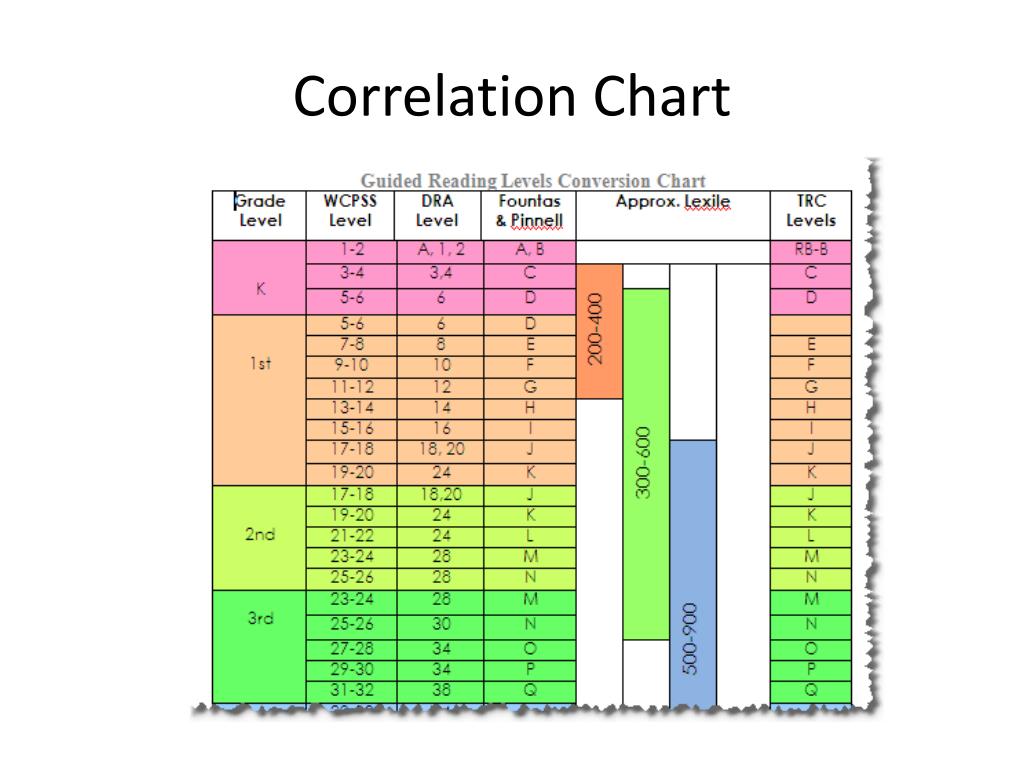 I know I have been in this place. I have been there with guided reading levels and the guided reading levels chart for sure.
I know I have been in this place. I have been there with guided reading levels and the guided reading levels chart for sure.
When I first started teaching guided reading, I found myself wondering things like, “What does this guided reading level mean?” Or “What does this have to do with how this child is learning to read?” Or even “Why on earth are some numbers and other’s letters?”
I want to help make things clear for you so I am sharing all I can about guided reading levels, the guided reading levels chart, and what it all means.
What are guided reading levels?
Guided reading levels are simply a system developed originally by Irene Fountas and Gay Su Pinnell to help organize reading skills and strategies so that readers are not overwhelmed. The goal of guided reading is to work within a child’s instructional level. Anything above that can cause frustration for the reader and anything below does not allow for enough teachable moments.
The most common system for leveling is Fountas and Pinnell’s guided reading levels system which uses letters to indicate each level.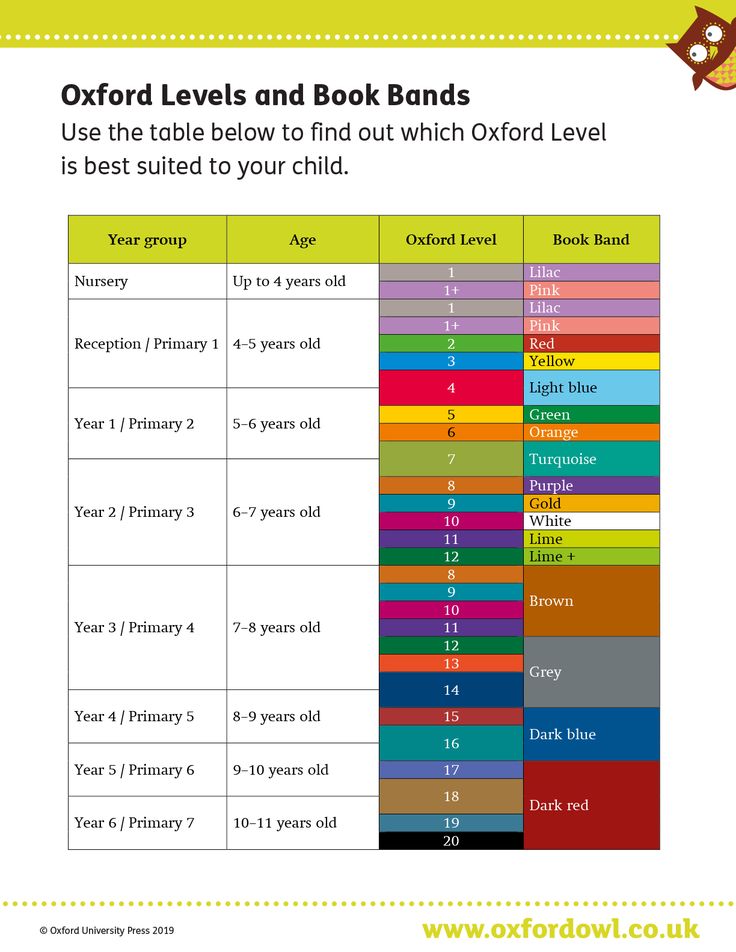 It ranges from levels A-Z with A being the simplest and Z being the most complex of the guided reading levels. Other popular systems are DRA, which uses numbers, Reading A-Z, and Rigby. Lexile levels are another familiar system that uses large ranges. Personally, I have found this system to be the most difficult to work within.
It ranges from levels A-Z with A being the simplest and Z being the most complex of the guided reading levels. Other popular systems are DRA, which uses numbers, Reading A-Z, and Rigby. Lexile levels are another familiar system that uses large ranges. Personally, I have found this system to be the most difficult to work within.
All good teachers teach within a “system” naturally. Never would we dump algebra on a child who is learning basic number patterns, yet the number patterns will set them up for later success in deeper math concepts!
Books are assigned reading levels and as children are assessed, children are given leveled books to work within that do not overwhelm them. The goal is that they have a useful tool that allows the teacher to come alongside them and coach them through.
Remember, children are not assigned levels. Books are assigned levels.This is something that I am guilty of in the past and while it can be wonderful motivation for some as they work to move up levels, it’s also not great for many.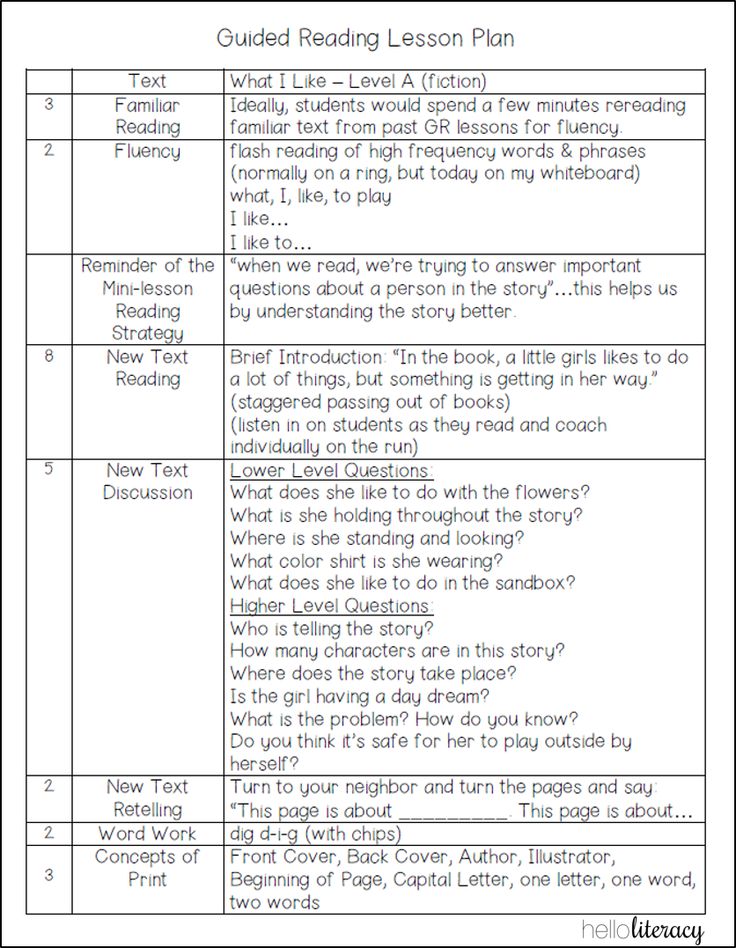
How do you determine a guided reading level?
Guided Reading Levels for Books
Assigning a guided reading level to a book is complex. Many factors are taken into account. Scholastic lists the following:
Genre: The type of book (here’s your guide to children’s book genres)
Text Structure: How the book is organized and presented
Content: The subject matter of a book
Themes and Ideas: The big ideas that are communicated by the author
Language and Literary Features: The types of writing techniques employed by the writer
Sentence Complexity: How challenging the syntax in each sentence is
Vocabulary: The frequency of new words introduced in the book
Words: The ease at which the words in the book can be figured out or decoded by a reader
Illustrations: The correlation and consistency of images and pictures in the books to the words printed on the page
Book and Print Features: The physical aspects of the printed word on the page –Mary Doman, A Parent’s Guide to Guided Reading, Scholastic.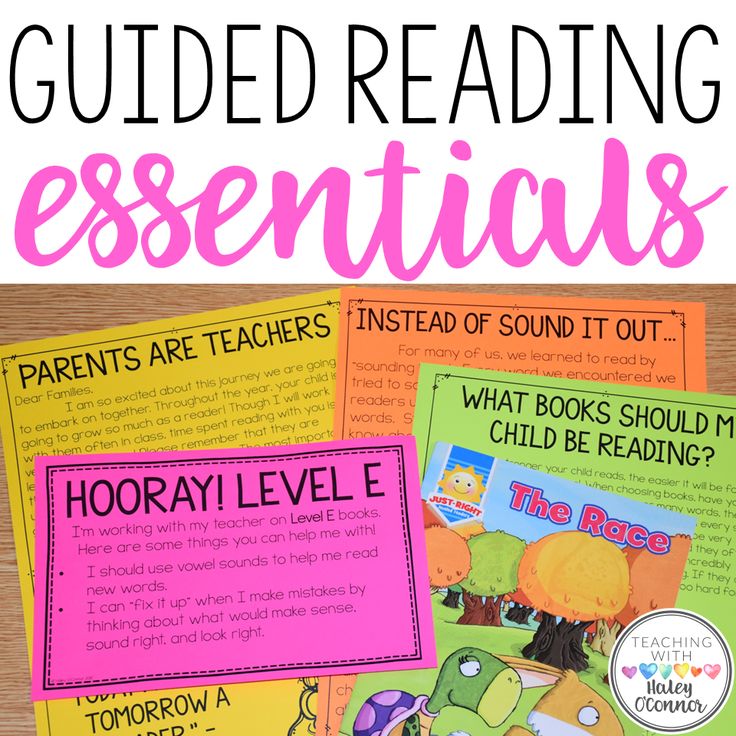 com
com
Just remember there is no perfect book and no perfect system. I know firsthand from leveling my own sets of guided reading books that it’s super tricky and one word can change the whole level! Being aware of your readers’ skills is so important!
Matching Just Right Books with Children
When it comes to matching guided reading levels with readers, there are a few ways you can do this. If you are a teacher, the best way to is to take a running record. This will allow you to get accurate data on the child and really see their strengths and growing points. If you are a parent, you can use a simple five finger test to determine if a book is too hard or just right. Every time a word is missed, the child raises a finger. Once they get to five, they know it’s too tricky right now.
It’s important to remember that when searching for a good fit you take into consideration more than just the text. You must also consider comprehension. If a child is struggling to comprehend the text, then it’s likely too hard.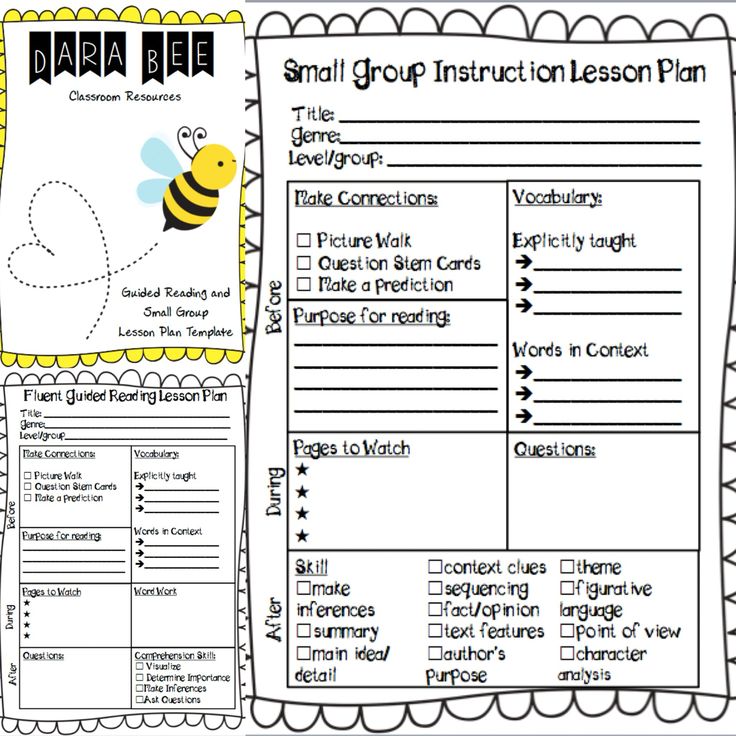 If the child can comprehend it well and can read it well, then it may be too easy for the child.
If the child can comprehend it well and can read it well, then it may be too easy for the child.
What does each of the guided reading levels mean?
So what do each of the guided reading levels mean? I love to look at them from the perspective of what they encourage readers to be working towards and how much a child can do when they advance levels.
In my guided reading resource card FREEBIE, all of the strategies, skills, behaviors, and comprehension focuses are explained at each level. They not only help you, the teacher, meet your readers where they are, but they help you have a roadmap to see where they are going next, too.
I love to use them when planning my guided reading lessons!
Where do I go from here?
Once you know where a reader is working and you know that you have leveled text, you may be looking for some easy to follow guided reading lessons. After years of planning my own lessons and hearing from teachers that they weren’t sure where to even begin, I created guided reading lessons for Kindergarten, First Grade, and Second Grade readers.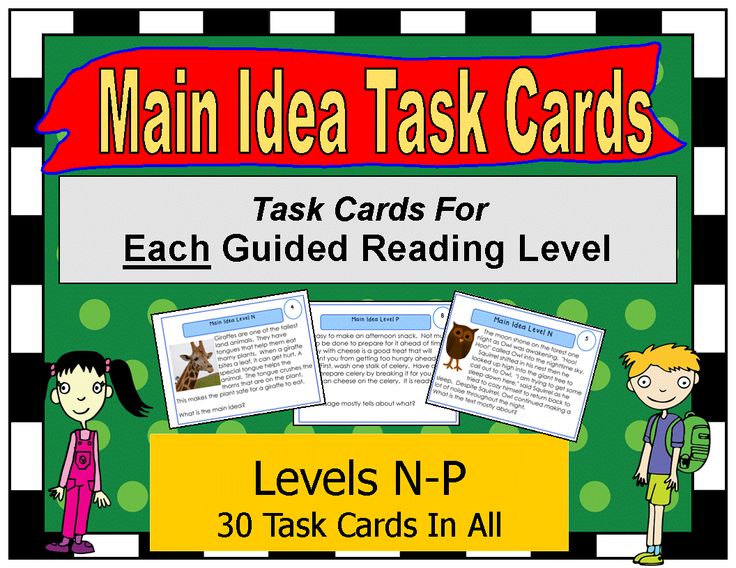
The lessons have an easy to follow format, guided reading books, notes about each level and where students are working, word work activities, comprehension activities to follow up the text reading, and even notes for parents.
Shop Kindergarten Guided Reading Lessons
Shop First Grade Guided Reading Lessons
Shop Second Grade Guided Reading Lessons
No matter where you are in your guided reading journey, it’s important to simply begin and keep moving forward. Teachers, myself included, are always learning, growing, changing our practice, and improving! I’m rooting for you!
pin it
Want to use the latest research to boost your readers during small groups? This FREE guide is packed with engaging ideas to help them grow!
Immersive Reader - Immersive Reading Tools
Favorites
Featured
Explore the most popular Azure products
AI + machine learning
AI + Machine Learning
Build the next generation of AI applications for any developer, any scenario.
Analytics
Analytics
Get the benefits of collecting, storing, processing, analyzing, and visualizing data of any type, size, and speed.
Computing environment
Computing
Take advantage of cloud computing and scale on demand. At the same time, you pay only for the resources that you use.
Containers
Containers
Develop and manage containerized applications faster with built-in tools
Database
Databases
Continue to grow rapidly and innovate quickly with secure, fully managed, enterprise-grade database services.
Devops
DevOps
Innovate quickly with simple, reliable tools for continuous delivery
Developer Tools
Developer Tools
Build, continuously deliver and manage cloud applications using any platform and any language
Hybrid and multi-cloud environment
Hybrid and multi-cloud
Get the latest from Azure anywhere - add cloud computing agility and innovation to your on-premises workloads
certificate
Identity
Manage user identities and access to protect devices, data, applications, and infrastructure from advanced threats
Integration
Integration
Effortlessly integrate on-premises and cloud applications, data and processes across the enterprise.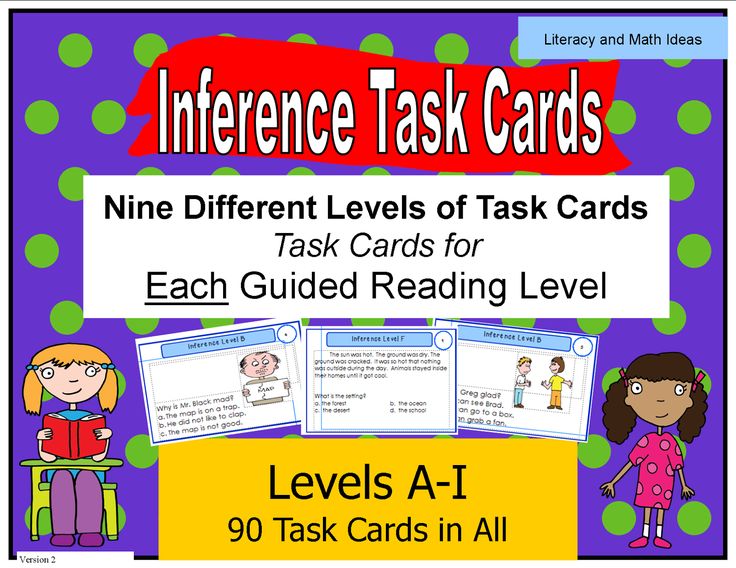
Internet of Things
IoT
Connect resources or environments, discover analytics and take smart actions to transform your organization
Control
Control
Simplify, automate, and streamline cloud resource management and compliance
Multimedia
Multimedia
High quality video delivery anywhere, anytime, to any device
Migration
Migration
Simplify and accelerate cloud migration with our guides, tools and resources
mixed reality
Mixed Reality
Connect the real and digital worlds in immersive and interactive solutions
Mobile applications
Mobile apps
Build and deploy cross-platform and native apps for any mobile device
Networking
Networking
Connect cloud and on-premises services and infrastructure to deliver the best experience for your customers and users.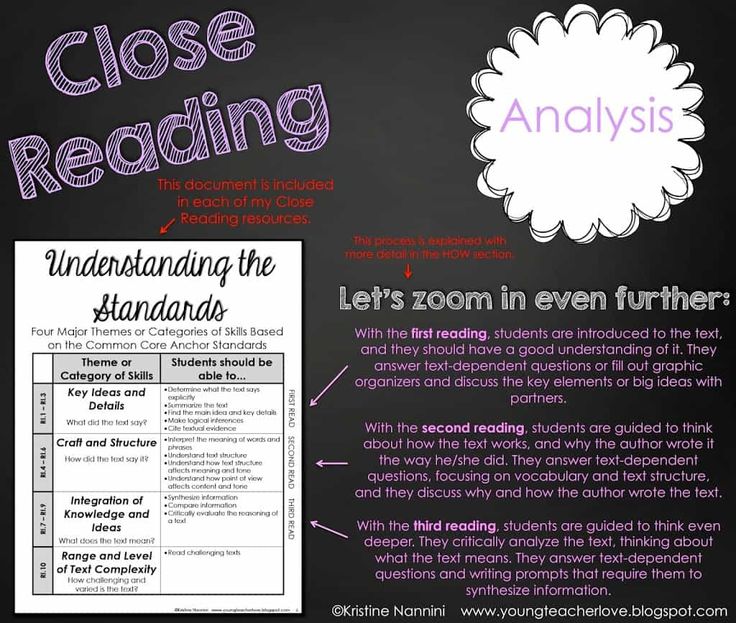
Safety
Security
Enterprise Threat Protection for Hybrid Cloud Workloads
storage
Storage
Get highly scalable, secure cloud storage for your data, applications, and workloads.
Internet
Internet
Quickly and efficiently build, deploy and scale powerful web applications
Windows Virtual Desktop
Windows Virtual Desktop
The Best Virtual Desktop Interface Delivered by Azure
D-Link 16 Port Layer 3 Managed Switch DGS-3120-24SC
The DGS-3120 xStack switch series is a layer 2+ stackable switch that securely connects end users to large enterprises and small to medium-sized businesses (SMB) networks. The switches provide physical stacking, static routing, multicast group support, and advanced security features. All this makes this device an ideal gigabit access layer solution. DGS-3120-24TC/48TC series switches are equipped with 20 or 44 10/100/1000 Mbps Gigabit Ethernet ports and 4 combo 1000BASE-T/SFP Gigabit Ethernet ports. DGS-3120-24PC/48PC series switches are equipped with 24 or 48 10/100/1000Mbps PoE Gigabit Ethernet ports and 4 combo 1000BASE-T/SFP Gigabit Ethernet ports. The DGS-3120-24SC/48SC-DC series switches are equipped with 16 Gigabit Ethernet SFP ports and 8 combo 1000BASE-T/SFP Gigabit ports. Each 10/100/1000 Mbps port on the DGS-3120-24PC/48PC switches supports 802.3af and 802.3at Power over Ethernet. By default, the total power budget is 370W, which can be increased to 740W when using the optional DPS-700 power supply. The switch also supports CardReader to read SD memory cards, allowing you to download software and configuration files directly from the SD card. Moreover, system log files can also be stored on the card.
All this makes this device an ideal gigabit access layer solution. DGS-3120-24TC/48TC series switches are equipped with 20 or 44 10/100/1000 Mbps Gigabit Ethernet ports and 4 combo 1000BASE-T/SFP Gigabit Ethernet ports. DGS-3120-24PC/48PC series switches are equipped with 24 or 48 10/100/1000Mbps PoE Gigabit Ethernet ports and 4 combo 1000BASE-T/SFP Gigabit Ethernet ports. The DGS-3120-24SC/48SC-DC series switches are equipped with 16 Gigabit Ethernet SFP ports and 8 combo 1000BASE-T/SFP Gigabit ports. Each 10/100/1000 Mbps port on the DGS-3120-24PC/48PC switches supports 802.3af and 802.3at Power over Ethernet. By default, the total power budget is 370W, which can be increased to 740W when using the optional DPS-700 power supply. The switch also supports CardReader to read SD memory cards, allowing you to download software and configuration files directly from the SD card. Moreover, system log files can also be stored on the card.
Standard Image (SI) and Enhanced Image (EI) software
The DGS-3120 series switches come with two different software versions: with standard (Standart Image - SI) and with enhanced (Enhanced Image - EI) functions . Switches with standard software support advanced features for campus or enterprise networking, including advanced Quality of Service (QoS) settings, traffic policing, Layer 2 multicast, and various security features. Enhanced Software Version (EI) supports ERPS, Double VLAN (Q-in-Q), Ethernet OAM, Static Route, IMPB, sFlow, IPv6 features for IPv6-enabled next-generation networks or Metro Ethernet triple play applications . Switches of this series are delivered to Russia only with Enhanced Image (EI).
Switches with standard software support advanced features for campus or enterprise networking, including advanced Quality of Service (QoS) settings, traffic policing, Layer 2 multicast, and various security features. Enhanced Software Version (EI) supports ERPS, Double VLAN (Q-in-Q), Ethernet OAM, Static Route, IMPB, sFlow, IPv6 features for IPv6-enabled next-generation networks or Metro Ethernet triple play applications . Switches of this series are delivered to Russia only with Enhanced Image (EI).
Enhanced Network Reliability
The DGS-3120 series switches are designed for enterprise/campus networks and for users who require a high level of network security and maximum availability. All models of the DGS-3120 series switches (except DGS-3120-24SC-DC) support the connection of an external redundant power supply, thus ensuring continuous operation. The switches also support 802.1D Spanning Tree (STP), 802.1w Rapid Spanning Tree (RSTP) and 802.1s Multiple Spanning Tree (MSTP), Loopback Detection (LBD) and Broadcast Storm Control features that increase network resiliency.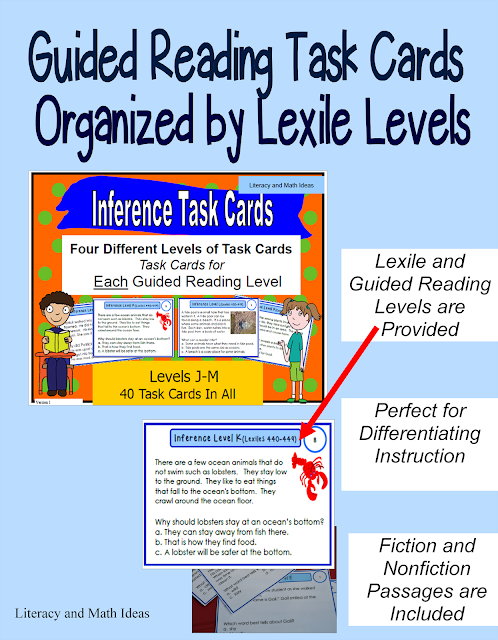
The G.8032 Ethernet Ring Protection Switching (ERPS) feature provides a failover time of less than 50ms. For load balancing and fault tolerance when using multiple switches, the DGS-3120 series supports dynamic 802.3ad Link Aggregation Port Trunking.
Advanced Security Features
The DGS-3120 series switches support the latest security features such as Multilevel Access Control Lists (ACLs), Storm Control and IP-MAC-Port Binding (IMPB) with DHCP Snooping. The IP-MAC-Port Binding feature binds a source IP address to the corresponding MAC address for a specific port number, improving access security. With DHCP Snooping, the switch automatically detects IP/MAC address pairs by sniffing DHCP packets and storing them on the IMPB white list. In addition, the D-Link Safeguard Engine feature identifies and prioritizes packets destined for CPU processing to prevent network attacks and protect the switch's management interface.
Identity Driven Network Policies
The DGS-3120 series switches support authentication mechanisms such as 802.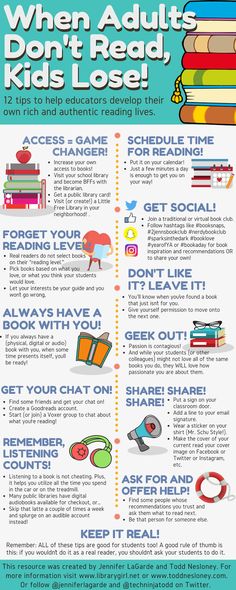 1X, Web Based Access Control (WAC), and MAC Address Based Access Control for easy network deployment. Once authenticated, individual policies such as VLAN membership, QoS policies, and ACL rules can be assigned to each host. In addition, the switch supports Microsoft® NAP (Network Access Protection). NAP technology allows users to deny network access to computers that do not meet established security requirements.
1X, Web Based Access Control (WAC), and MAC Address Based Access Control for easy network deployment. Once authenticated, individual policies such as VLAN membership, QoS policies, and ACL rules can be assigned to each host. In addition, the switch supports Microsoft® NAP (Network Access Protection). NAP technology allows users to deny network access to computers that do not meet established security requirements.
Traffic Control for Triple Play Services
The DGS-3120 series provides a set of layered QoS/CoS features to ensure that delay-critical network services such as VoIP, video conferencing, IPTV, and IP video surveillance are served with the proper priority. Traffic Shaping functions provide guaranteed bandwidth for these services in case of high network load. With support for Layer 2 multicast, the DGS-3120 switch realizes the processing of IPTV applications that are in increasing demand in the market. Host-based IGMP/MLD Snooping allows multiple clients of a multicast group to connect to a single interface, the ISM VLAN function sends Multicast streams to a dedicated Multicast VLAN to conserve bandwidth and improve network security.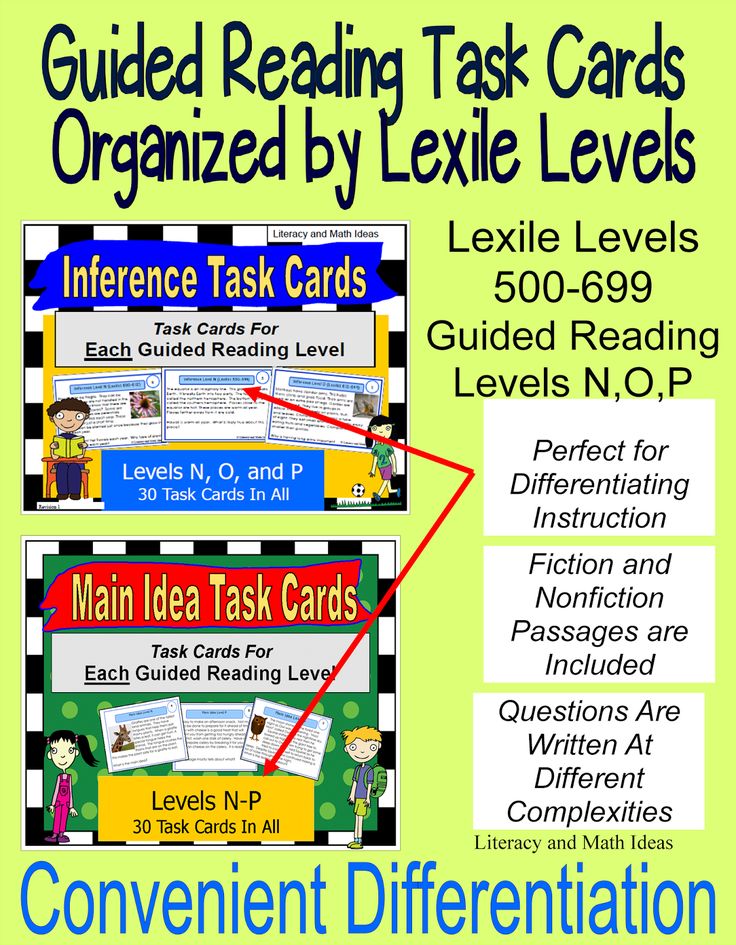 ISM VLAN profiles allow users to assign/replace preset settings on multicast subscriber ports quickly and easily.
ISM VLAN profiles allow users to assign/replace preset settings on multicast subscriber ports quickly and easily.
Efficient Network Management
In order to meet the Service Level Agreement (SLA), service providers need to strive to reduce the Mean Time to Repair (MTTR) and improve service availability. The Ethernet OAM functionality helps to solve these problems and allows providers to provide the best quality of services. The DGS-3120 series switches support standardized OAM functions, including IEEE 802.3ah, IEEE802.1ag, and ITU-T Y.1731. Connectivity Fault Management (CFM) provides Ethernet monitoring and troubleshooting to monitor connectivity, isolate network bottlenecks, and identify clients that have been subject to network restrictions.
IPv6 Technology
The DGS-3120 series switches are fully compatible with next generation IPv6 networks. They support IPv6 remote management via telnet, HTTP, or SNMP. To establish secure IPv6 networks, the DGS-3120 series switches use IPv6 ACL, DHCPv6 Snooping, and Neighbor Discovery (ND) to protect the network from unauthorized IPv6 clients.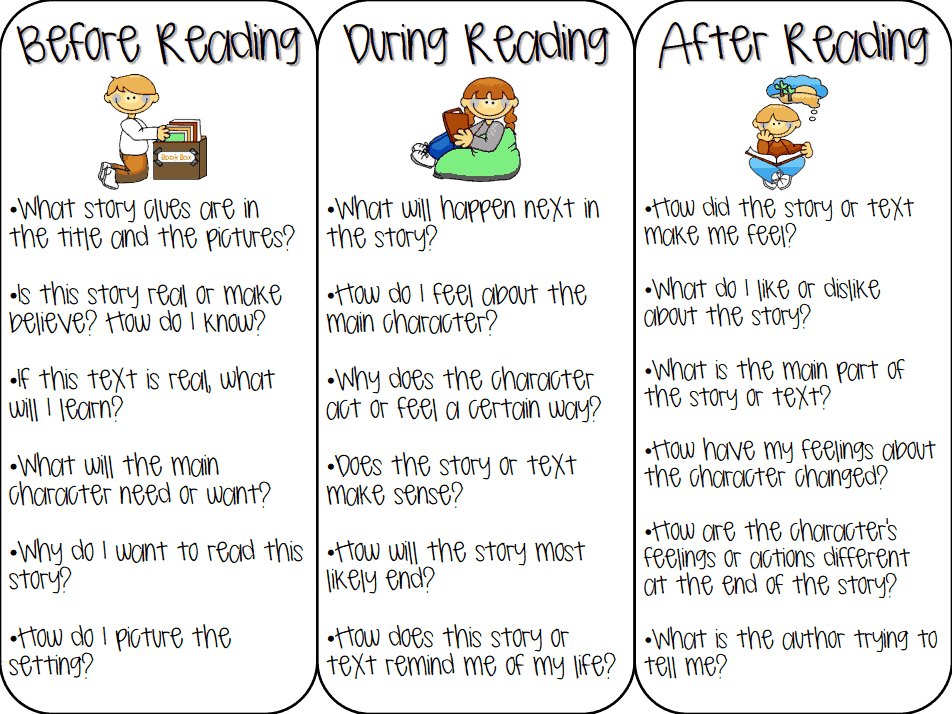 The switches in this series have successfully passed the IPv6 Logo Phase 2 certification from the IPv6 Forum, a global industry alliance dedicated to ensuring the adoption and development of IPv6 technology. The IPv6 Ready Logo Certification Program provides testing of IPv6 equipment for interoperability and protocol compliance.
The switches in this series have successfully passed the IPv6 Logo Phase 2 certification from the IPv6 Forum, a global industry alliance dedicated to ensuring the adoption and development of IPv6 technology. The IPv6 Ready Logo Certification Program provides testing of IPv6 equipment for interoperability and protocol compliance.
D-Link Green Technology
D-Link is at the forefront of innovative energy-saving technology that does not compromise device performance or functionality. The DGS-3120 series switches support D-Link Green technology, which allows you to use the power saving mode, reduce heat generation, and automatically reduce power consumption depending on the length of the cable. The Power Save feature provides automatic power down for inactive ports. The Smart Fan function automatically turns on the built-in fans at a certain temperature, ensuring long-term, reliable and environmentally friendly operation of the switch.
Management
The D-Link Single IP Management (SIM) feature simplifies and speeds up management by allowing you to configure, monitor, and maintain multiple switches by connecting to a single IP address from any Web browser-enabled computer.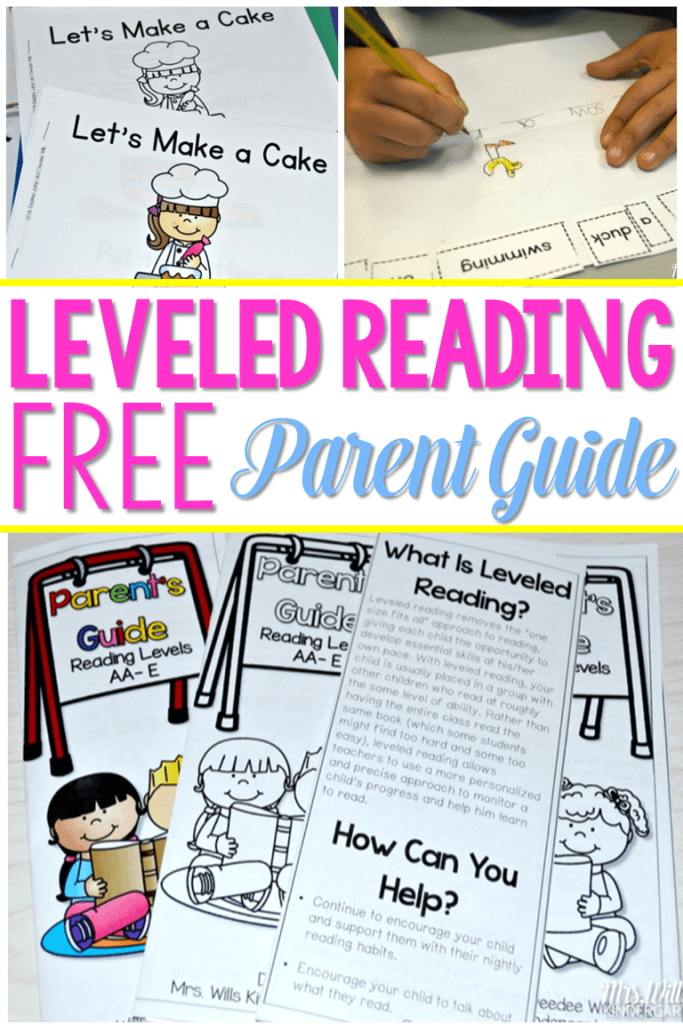 Through the use of this technology in the implementation of management, all devices in the virtual stack are treated as a single entity and managed through a single IP address. The DGS-3120 series switches support standardized management protocols, including SNMP, RMON, Telnet, Console, GUI, and SSH/SSL authentication protocols.
Through the use of this technology in the implementation of management, all devices in the virtual stack are treated as a single entity and managed through a single IP address. The DGS-3120 series switches support standardized management protocols, including SNMP, RMON, Telnet, Console, GUI, and SSH/SSL authentication protocols.
Characteristics
Main
• Interface
+ 16 SFP
+ 8 Combo-ports 10/1000base-T/SFP
+ 2 10G CX4
• Reserve Source: DPS-200
• Console Port: RJ-45
• 2 Stacking Ports
• 1 SD Card Slot
Performance
• Switching Fabric: 88Gbps
• 64-byte Packet Forwarding Rate: 65.40 Mpps
• Packet Buffer: 2 Mb
3
• Flash Memory: 32 MB
Software
Standard Software Features
Stacking
• Physical Stacking
+ Up to 40 Gb/s Stacking Bandwidth
+ 90 stack02 up to 90 stacked 3• Virtual stacking:
+ D-Link Single IP Management (SIM) technology
+ Up to 32 devices in a virtual stack
Layer 2 features
• MAC address table: 16K
• Stream Office
+ Stream Management 802.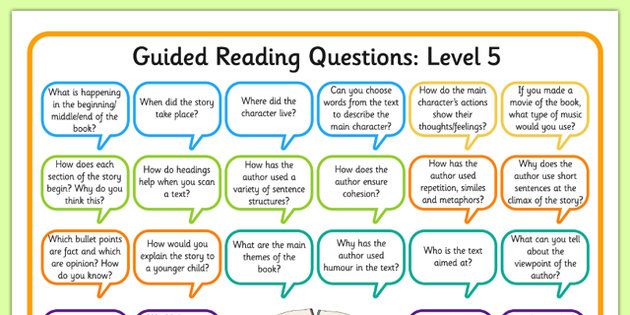 3x
3x
+ Prevention of blocks HOL
• Jumbo-Frame up to 13 KB
• Spanning Tree
+ 802.1D STP 9000. 9000 + 802.1W RSTP
9000.02 + 802.1+ BDPU Filtering
+ Root Restriction
• Loopback Detection
• Ethernet Ring Protection Switching (ERPS)
• 802.3ad Link Aggregation
+ Max. 32 groups per device/8 ports per group
• Port Mirroring
+ One-to-One
+ Many-to-One
+ Flow Based
+ RSPAN
Layer 2 Multicast
• IGMP Snooping 90/2 v3 Snooping
+ Support for 1024 IGMP groups
+ Fast Leave based on Port/Flow
+ Report Suppression
• IP Multicast Restriction
+ up to 24 IGMP filter profiles, 32 address ranges per profile
• MLD Snooping
+ MLD v1/v2 Snooping
+ Support for up to 1024 groups
+ Fast Leave based on port/flow
Layer 3 functions
• Max. number of IP interfaces: 16
• ARP Proxy
• IPv6 Neighbor Discovery (ND)
Layer 3 routing
• Up to 512 routes
• Up to 128 IPv6 static routing entries
• Up to 128 IPv6 static routing entries
VLAN
• VLAN groups
+ Max.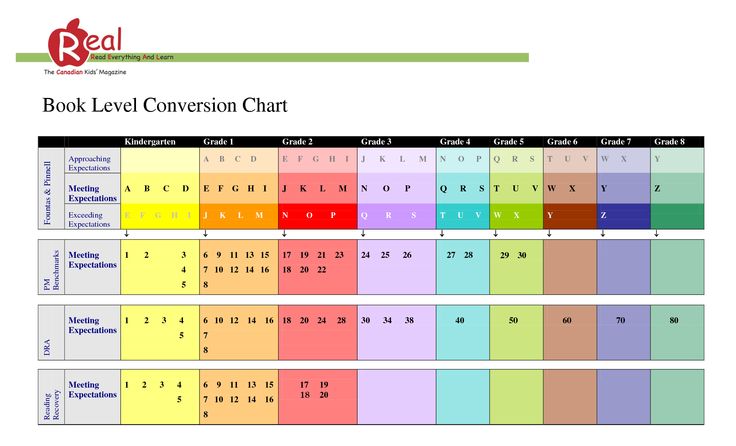 4K VLAN groups
4K VLAN groups
• GVRP
+ Support for 255 dynamic VLAN groups
• Q-in-Q
• 802.1Q Tagged VLAN
• Port-based VLAN
• 802.1v0 VLAN0 Protocol VLAN0
• VLAN based on MAC addresses
• ISM VLAN
• Assymetric VLAN
• Private VLAN
• VLAN TRUNKING
Service Quality (QOS)
9000 • 802.1p• 8 Queen on Port
• Office of the queues
+ Stickt Priority
+ Weighted Round Robin (WRR)
+ Stript + Wrr
• COS based on
+ porter ports
+ VLAN ID
+ Priorities 802 + Priotives 8, Priotives 8, Promotes of Prioates. + MAC addresses
+ IPv4 addresses
+ DSCP
+ protocol type
+ TCP/UDP ports
+ user-defined packet content
+ IPv96 addresses
+ traffic class IPv9003
0003
+ IPv6 flow labels
• Support for the following actions for flows
+ Add 802.1p priority tag
+ Add TOS/DSCP priority tag
+ Bandwidth control
In/Out, min hop up to 64Kbps)
+ Flow-based (In/Out, min hop up to 64Kb/s)
Access Control Lists (ACLs)
• Support up to 1.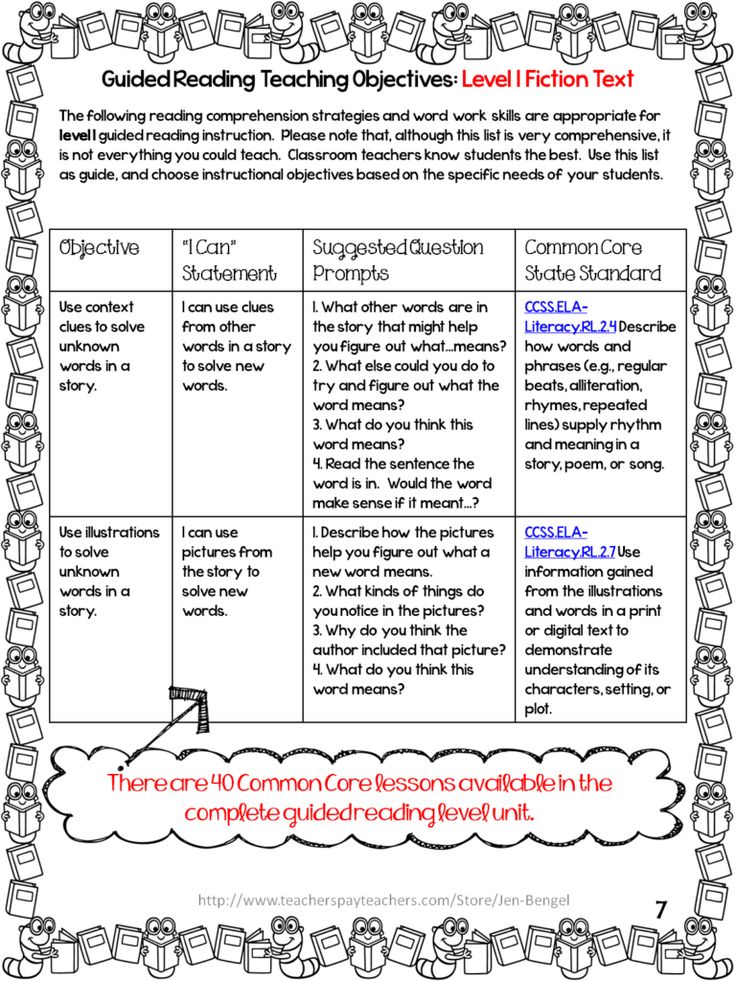 5K rules access
5K rules access
• ACL based on:
+ priority 802.1p
+ VLAN ID
+ Mac address
+ Ether Type
+ IPV4-Admin
+ DSCP
+ Protocol
+ TCP/ TCP/ TCP numbers UDP Port
+ User Defined Packet Content
+ IPv6 Addresses
+ IPv6 Flow Labels
+ IPv6 Traffic Classes
• Time Based ACL
• Outbound CPU Interface Filtering
Security
• SSH v2
• SSL v1/v2/v3
• Port Security
+ Up to 64 MAC addresses per port/VLAN
• Broadcast/multicast/unicast storm control
Segmentation
• D-Link Safeguard Engine
• NetBIOS/NetBEUI Filtering
• DHCP Server Screening
• ARP Spooofing Attack Prevention
• BDPU Attack Protection
• IP-MAC-Port Binding (IMPB)
AAA
• 802.1X
+ Port Based Access Control
+ Host Based Access Control
+ Identity-Driven Policy (VLAN, ACL or QoS)
+ Access Database Failover
• Authentication0 Database Failover
Web Based Access Control (WAC):
+ Port Based Access Control
+ Host Based Access Control
+ Identity-Driven Policy (VLAN, ACL or QoS)
+ Authentication Database Failover
• MAC Access Control (MAC):
+ Port Based Access Control
+ Host Based Access Control
+ Identity-Driven Policy (VLAN, ACL or QoS)
+ Authentication Database Failover
• Japanese Web Based Management (JWAC)4
• Guest VLAN
• Microsoft® NAP
+ 802.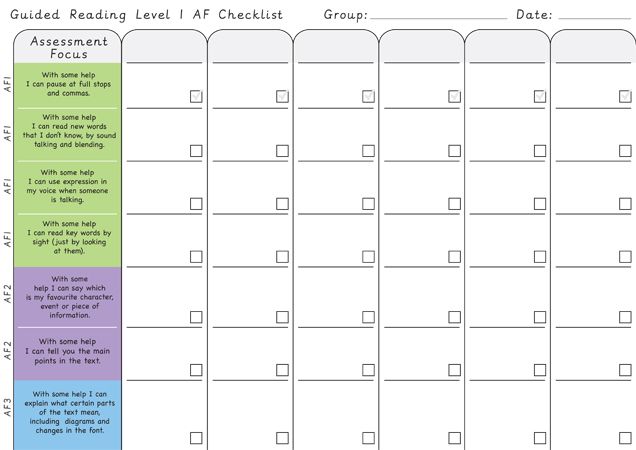 1X NAP support
1X NAP support
+ DHCP NAP support
• RADIUS account management
• RADIUS and TACACS authentication for access control
• 4-level privilege accounts
D-Link Green features
• RoHS compliance
• Power saving by connection status
• Power saving by cable length
• Power saving by PoE cable
Time Based5
Operations, Administration, and Management (OAM)
• Cable Diagnostics
• 802.1ag Connectivity Fault Management (CFM)
DDM (Digital Diagnostics Monitoring)
Yes
Management
• Web Based Management (IPv4 Support)
• CLI
• Telnet Server (IPv4 Support)
• Telnet Client (IPv4 Support) )
• TFTP Client (IPv4 Support)
• Add PPPoE Circuit-ID Tag
• ZModem
• SNMP v1/v2c/v3
• SNMP Traps
• RMON: 9002 • System Log0003
+ Group 1,2,3,9 support
• RMON v2:
+ ProbeConfig group support
• LLDP
• BootP/DHCP Client
• DHCP Autoconfig
902 DHCP Relay 90 Relay Option 12• DHCP Relay Option 82
• Flash File System
• Multiple Software Version Support
• Multiple Configuration Version Support
• CPU Monitoring
• Debug Command SNTP
• SNTP Debug Command
0003
• Password recovery
• Password encryption
• Trustle host
• Microsoft® NLB (network load balancing)
MIB
• RFC 1213 MIB II
• RFC 4188 Bridge MIB
• RFC 1157, 2571 • RFC 1157, 2571 • RFC 1157, 2571 -2576 SNMP MIB
• RFC 1907 SNMPV2 MIB
• RFC 1757, 2819 Rmon MIB
• RFC 2021 Rmonv2 MIB
• RFC 1398, 1643, 1658, 2665 Ether-Like Mib
• RFCE MIB
• RFCE MIB
• RF p MIB
• RFC 2233, 2863 IF MIB
• RFC 2618 RADIUS Authentication Client MIB
• RFC 2620 RADIUS Accounting Client MIB
• RFC 2925 Ping & Traceroute MIB
• RFC 2674, 4363 802.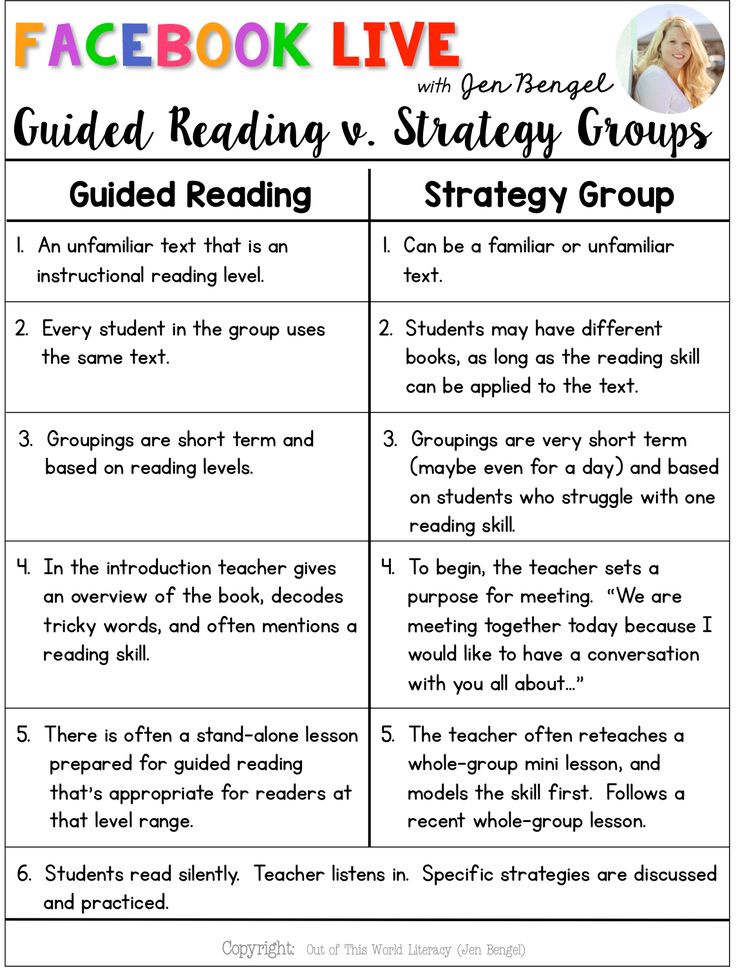 1p MIB
1p MIB
• RFC 1215 MIB TRAPS Convention
compliance with RFC
• RFC 768 UDP
• RFC 791 IP
• RFC 792, 4443 ICMP
• RFC 793 TCP
• RFC 826 ARP
• RFC
• RFC 3513 IPv6 Addressing Architecture
• RFC 2893, 4213 IPv4/IPv6 dual stack function
• RFC 2463, 4443 ICMPv6
• RFC 2462, 4862 IPv6 Stateless Address Auto
Confguration
• RFC 2464 IPv6 Ethernet and definition
• RFC 1981 Path MTU Discovery for IPV6
• RFC 2460 IPV6
• RFC 2461, 4861 Neighbor Discovery for IPV6
• RFC 783 TFTP
• RFC 951, 1542 BOOTP
• RFC 951, 1542 BOOTP0002 • RFC 1492 TACACS
• RFC 2866 RADIUS Accounting
• RFC 2474, 3260 DiffServ
• RFC 1321, 2284, 2865, 3580, 3748 Extensible
Authentication Protocol (EAP)
• RFC 2571, 2572, 2573 , 2574, SNMP
• IPv6 Ready Logo Phase 2
Advanced Software Features
Layer 2 Features
• Ethernet Ring Protection Switching (ERSP)
Management
• SNMP v1/v00 over 90 IPv6
• sFlow
• ICMPv6
• Web Interface (IPv6 Support)
• Telnet Server (IPv6 Support)6
• Telnet Client (IPv6 Support)6
• TFTP Client6) (90 IPv03 Support)6) (Support90 IPv03)6
MTBF (clock)
516317
Noise level
• Max: 43.